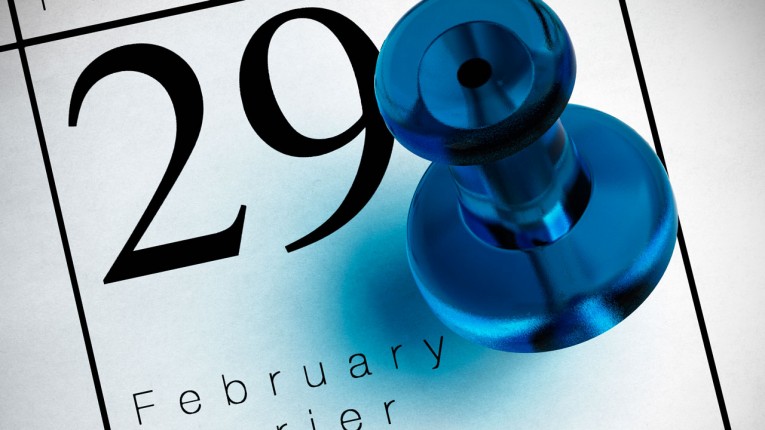Happy Leap Day! You’re probably wondering what this leap year thing is and why we do this every so often. The simple explanation for leap year is it’s needed to keep our calendar in alignment with the Earth’s revolutions around the sun. It takes 365 days, 5 hours, 48 minutes and 47 seconds for the Earth to circumnavigate the sun. A year on Earth is only 365 days, leaving us those extra hours, minutes and seconds just hanging out there. Without an extra day on February 29 nearly every four years, we would lose almost six hours every year. After 100 years, our calendar would be off by 24 days in relation to fixed seasonal days.
The history of Leap Day
Roman general Julius Caesar implemented the first leap day in his Julian Calendar, which he introduced in 45 BCE (Before Common Era). A leap day was added every four years. At the time, Leap Day was February 24, and February was the last month of the year.
However, adding a leap day every four years was too often and eventually, in 1582, Pope Gregory XIII introduced the Gregorian Calendar. This calendar, which we still use today, has a more precise formula for calculation of leap years, also known as bissextile years.
Leap Day Fun Facts:
- The chances of having a leap birthday are one in 1,461.
- People who are born on February 29 are referred to as “leaplings”, or “leapers.”
- You have to work one extra day for no extra pay.
- One of the most well-known traditions is that women propose to their boyfriends, instead of the other way around.
For more information about Leap Years visit here.
[scroller style=”sc1″ title=”More News” title_size=”17″ number_of_posts=”5″ auto_play=”5000″ speed=”300″]
Please join our FREE Newsletter















